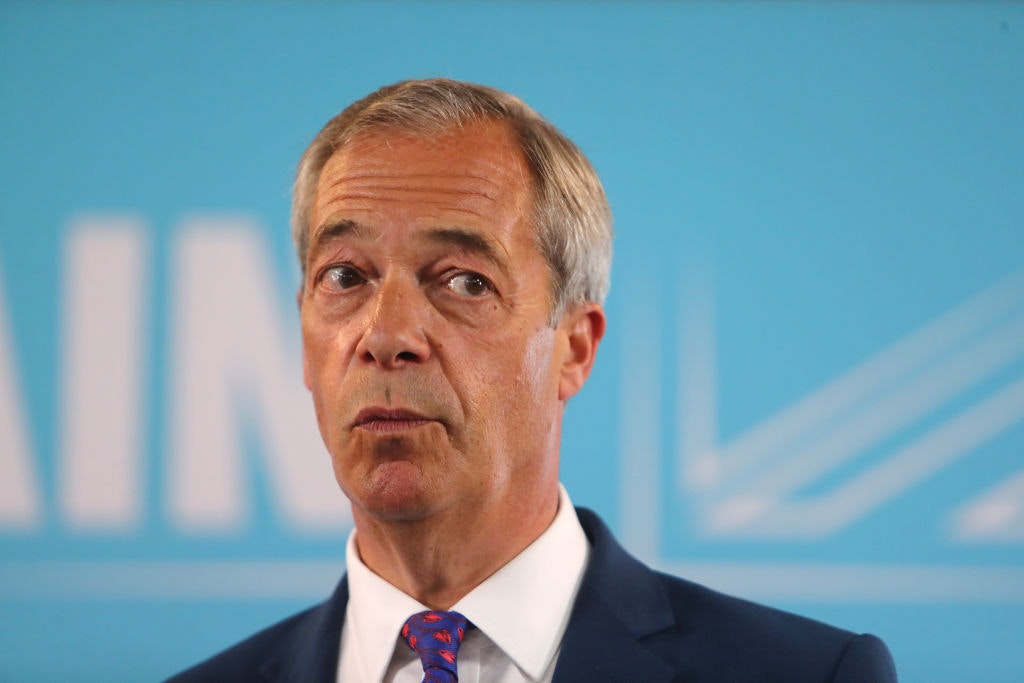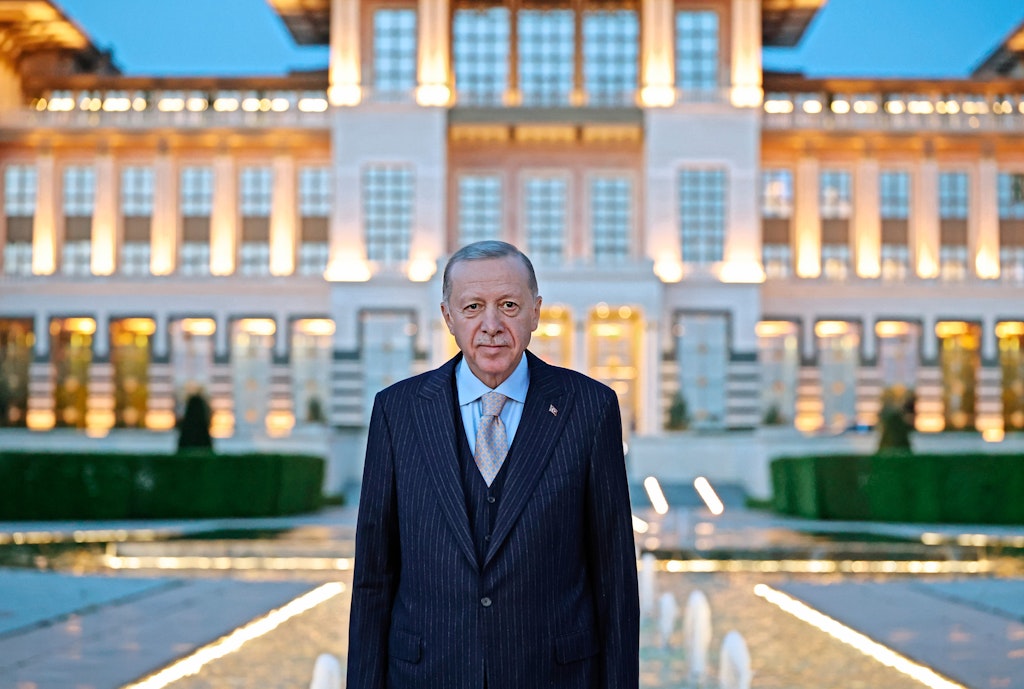Playing the ace card
Bruised by the fallout from its belligerence over trans rights, Stonewall has a new cause
This article is taken from the November 2021 issue of The Critic. To get the full magazine why not subscribe? Right now we’re offering five issue for just £10.
In a bid to restore its reputation, widen its remit and replenish its diminishing funds, Stonewall has begun to focus on less familiar groups within the infinite alphabet of LGBTQIA rights. This follows the withdrawal of financial support for the charity’s Diversity Champions programme promoting inclusivity in the workplace when Channel 4, Ofsted, the Cabinet Office and the Equality and Human Rights Commission jettisoned the initiative. Driving Stonewall’s fall from grace has been its belligerent attitude to those with a different take on trans rights.
As discrimination has diminished in society, the organisations established to address discrimination have increased
Like society more broadly, Stonewall, which was established in 1989, has come a long way from the riot at New York’s Stonewall Inn twenty years earlier (an event Barack Obama compared with Selma and Seneca Falls, moments that transformed civil rights and the women’s suffrage movement).
In the intervening years, its goalposts have shifted in the pursuit of an elusive “equality” until it has taken a form the founders wouldn’t recognise. The LGBTQIA lobby is grappling with the problems of entry into the mainstream. Whatever battles have been won, whatever concessions made, the role of outsider and victim must be recast to support a lucrative industry. Paradoxically, as discrimination has diminished in society, the organisations established to address discrimination have increased.
Gilbert Baker’s six-stripe rainbow flag is being superseded by the Progress flag, which adds a chevron to the artist’s 1978 original. This year, more symbols and colours were added to represent other groups. One up-and-coming group is represented by the letter “A” in LGTBQIA. Not the “A” of heterosexual allies, which could mean almost everyone, but “Aces”, the umbrella term for those who identify as asexual.
Millennials and those cast as Generation Z are much more likely to define themselves by the various categories that “Ace” covers, a development partly attributed to conversations on TikTok. In April, Stonewall provided definitions and the necessary terminology when respectfully addressing the “fourth orientation”: one that, like the other three, exists on a spectrum. The more asexuality heads towards becoming a mainstream talking point, the more its subgroups become evident, with each requiring an etiquette when it comes to defining it and addressing it: demisexual … graysexual … aromantic.

Stonewall is not alone in championing ways to be an ally to asexuals. It has become a theme in the gay press and even more traditional institutions and publications such as Forbes magazine (expect the big corporations to follow). Early this year the magazine assured us that being an asexual ally is much the same as taking up the mantle on behalf of transgender, bisexual and non-binary people. It means “understanding your privilege” and learning about asexuality before making the mistake of asking asexual people to explain it to you. Generalisations and assumptions are to be avoided.
But, distinct from celibacy, what is asexuality in the wider sexual sphere, or the “allo-world’ as certain Aces refer to it? While celibacy is a simple choice to abstain from sex, asexuality is an orientation rather than a behaviour. According to the Asexuality Visibility and Education Network, established in 2001, it’s someone who does not experience sexual attraction or have an intrinsic desire to have sexual relationships. A Sky Data poll in 2019 revealed that three-quarters of the adults canvassed were unable to correctly define asexuality. For some, it begins and ends with amoebas or aliens. Sceptics will argue that asexuality is a myth.
Within the gay community there was initial resistance to a group that hadn’t suffered the same discrimination and hostility and thus could not be worthy of a letter, let alone a colour in the rainbow flag. After all, there have never been laws in place that prohibited you from not having sex. But in recent years the official LGTBQIA contingent has softened on the issue, since it’s reported that one in ten young LGTBQIA people consider themselves to be asexual.
It is salient to point out that asexuals have not experienced the same hostility and discrimination as gay men and women. But even this is contested. According to the British LGBT+ anti-abuse charity Galop, “relative to cisgender and heterosexual people, and even to cisgender lesbian, gay and bisexual people, asexual people were found to be the target of more prejudice, avoidance and discrimination”.
In an age of pronoun-hopping, sexuality is increasingly seen as a state that can fluctuate
At the time of writing, a petition on the government website to make asexuality a protected characteristic under the Equality Act of 2010 — even though it actually covers “sexual orientation” — has notched up 800 signatures. For the issue to be debated in parliament it will need to have reached 100,000 signatures by the December deadline.
If the definition of asexuality is elusive, the definition of “acephobia” is even more problematic. This fits with the nebulous approach of all hate crime legislation, which is based solely on the perception and interpretation of the “victim”. Galop can help with this, describing “acephobia” as everything from stereotyping asexuals as broken, inhuman or prudes to “corrective” rape.
Various Pride events are increasingly incorporating an asexual element. There has been an Aces flag since 2010 — available on Amazon — and some years back American asexuals took to identifying themselves by wearing a black ring on the middle finger of the right hand.
In an age of pronoun-hopping, sexuality is increasingly seen as a state that can fluctuate. “I can’t imagine writing about people whose sexuality is anything other than fluid,” says the author, Andre Aciman. Although the screen adaptation of his book, Call Me By Your Name, has been cast as a “gay film”, he says it is a love story between two bisexual men, a term too limiting to describe the state with which he himself identifies.
The sexologist Alfred Kinsey — himself rumoured to be bisexual — made the point that there aren’t discrete populations of homosexual and heterosexual men because “the world is not divided into sheep and goats”.
Asexuality had a cameo in the Kinsey report when it made sex a talking point in 1948, highlighting the sexual behaviour of men (women had to wait until 1953 for their report). Kinsey’s category “X” classifies the 1.5 per cent of American males with “no socio-sexual contacts or reactions”. He later amended this to between one and four per cent, and between one and 19 per cent among females.
Research on the proportion of asexuals in the UK has been sporadic, but the figure is thought to be around the one per cent mark, with the profile being raised by visibility rather than numbers. It may sound tiny, but amounts to a fair number on an island of millions. Head-counts also do not take into account those who are unaware of their asexuality and those yet to “come out”. Also there were sightings of asexuals long before there was a movement, even though there were few high-profile figures who saw themselves as such (alleged asexuals include T. E. Lawrence and H. P. Lovecraft). Now prominent YouTubers define themselves by the various terms for “Ace”.
When ace blogs sprung up online, asexuality was described as “the first sexuality of the internet age”. Asexual Awareness Week occurs between 20-26 October. This year saw the first annual International Asexual Day on 6 April. Needless to say, academics have been central to the promotion of the movement. The most notable books on the subject are Julie Sondra Decker’s The Invisible Orientation and Angela Chen’s Ace: What Asexuality Reveals About Desire, Society, and the Meaning of Sex.
In The Invisible Orientation, Decker writes, “some people misinterpret aesthetic appreciation, romantic attraction, or sexual arousal as being sexual attraction, only to realise later they are asexual.”
Doesn’t the fantasy and focus required here fall into the categories of desire and sexual attraction?
Apart from asexuals that have no sexual attraction or desire, there are those that have romantic attraction, sexual attraction that has to be formed on the back of an emotional bond and even those that have a sexual attraction without romantic connection. There are also asexuals that enjoy sex. But doesn’t this cancel out the very notion of being asexual?
Also, masturbation, “the gentle art” that saw Robinson Crusoe through his solitude, is a pastime in which a number of asexuals apparently indulge. Doesn’t the fantasy and focus required here fall into the categories of desire and sexual attraction? Not if you have no desire to have that same experience with a partner, according to Julie Sondra Decker.
Until 2013, asexuality and lack of sexual desire was classified by the American Psychiatric Association as a mental health issue included in the Diagnostic and Statistical Manual of Mental Disorders. Perhaps today it is the new queerness. “For queer people, the historical unavailability of the conventional mile markers of maturation — marriage, parenthood, grandparenthood — has often led to more improvisatory and experimental shapes for a life,” the novelist Garth Greenwell wrote on “queer time” in The New Yorker recently.
Yet this seems less applicable in the wake of gay marriage and gay couples becoming parents. In a hyper-sexualised society, the outsider is surely the one who doesn’t participate; who doesn’t feel the need to be completed by being part of a couple or by pursuing sex. Rather than a state of limbo, a temporary phase, asexuality in its pure form is both the default setting and the endgame.
Enjoying The Critic online? It's even better in print
Try five issues of Britain’s newest magazine for £10
Subscribe














